At the onset, most people think AR/VR devices are for gaming. Yet, they have now become broadly applicable to the technology used by various factors, including the education and healthcare industries.
If you’re considering building a VR development career, read on to learn how to become a VR developer as a beginner, the skills and education required, and more helpful side information.
What Does It Mean To Be A VR Developer?
We’ll first look at the actual essence of ‘reality’ – the world or the state of things as they actually exist. It doesn’t need to fit people’s standards or be ideal.
But when pairing the word ‘reality’ with ‘virtual,’ which means ‘created by computer technology and appearing to exist but not existing in the physical world,’ we have two contradictory concepts.
Virtual reality indicates an idealized concept of reality. Much like a game developer focuses on a particular genre or an iOS developer focuses on a particular operating system, VR developers generate a platform in the wildest.
As a VR developer, you are responsible for:
- Development of AR and VR applications (C#, C++, Unity, UE4)
- Implementation and development of new functions and prototypes
- Agile development plan
- Running code reviews and tests
- Identification of opportunities and risks during development
- Maintain and write software system documentation.
How To Become a Virtual Reality Developer
There’s no perfect VR developer roadmap for prospective workers to follow like any other tech-based career. However, we’ve figured out that the general learning process applies to every beginner.
1. Understand The Differences Between AR and VR
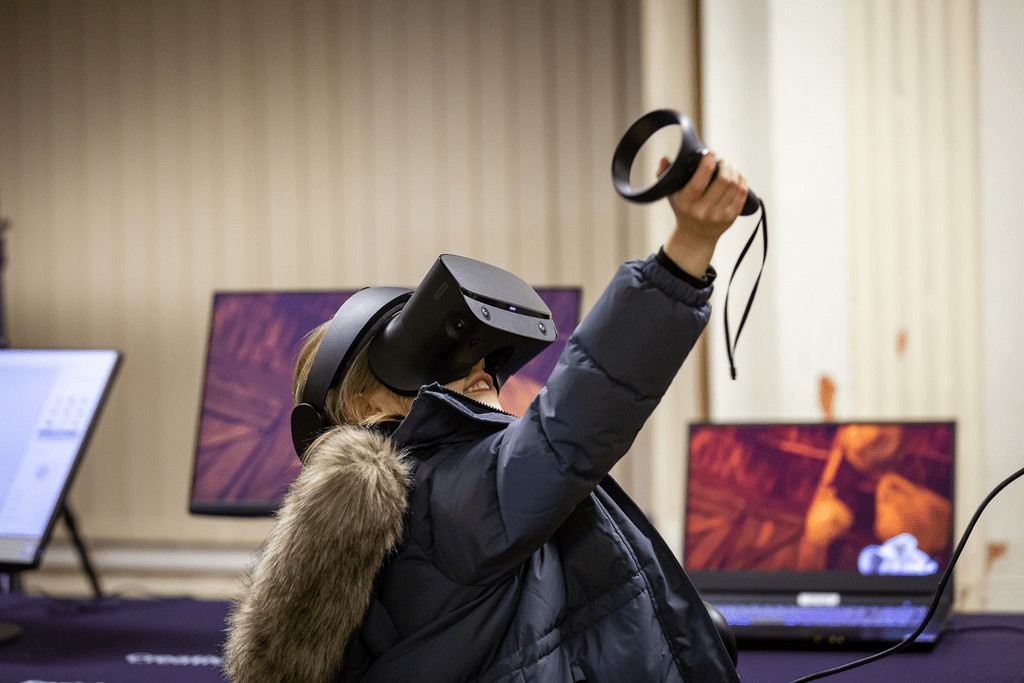
People are often mistaken about the two concepts of Augmented Reality and Virtual Reality, thinking they’re the same thing. Yet, they’re different.
Have you ever been immersed in a virtual world using a headset? That’s VR. Primary fields utilizing this technology are travel, higher education, and healthcare.
For instance, many travel agencies now give customers an overview of what the tours will include by offering them a virtual walk around their vacation location.
Meanwhile, AR generates an experience where digital objects sit on the physical world’s top.
Do you remember the famous mobile game Pokemon Go, which allows users to hunt for Pokemon characters on the streets? That’s a classic instance of AR.
2. Get Educated
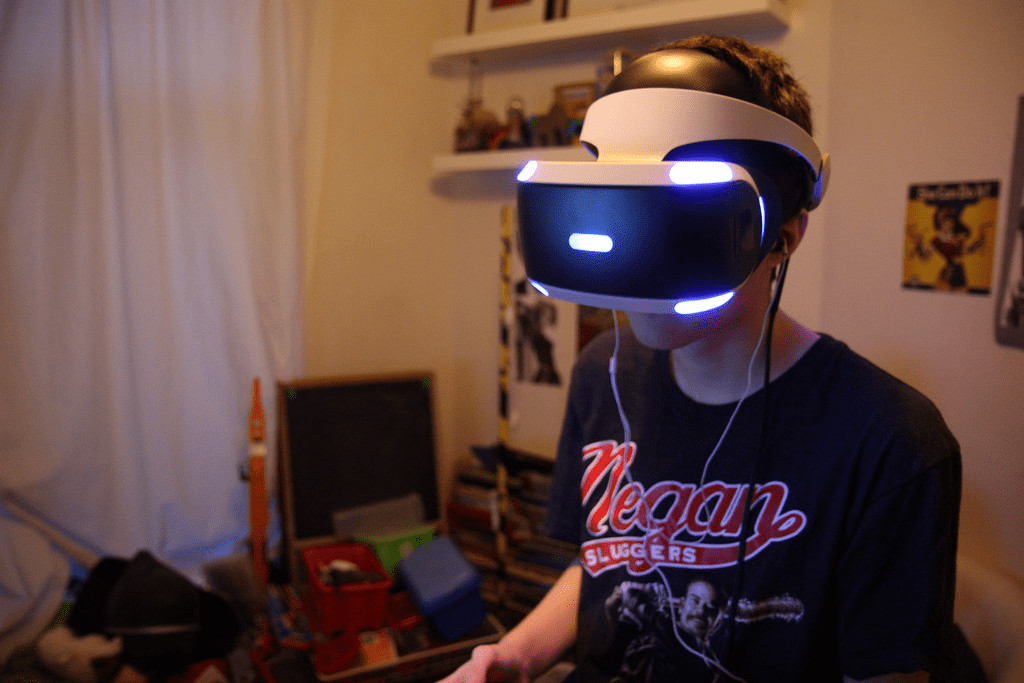
Concerning education, you have two options to consider. The first choice is to stick to a bachelor’s AR/VR development program.
Many universities offer this type of degree to prospective developers, while there are already more than 40 across the US.
A prominent advantage of conventional education or a bachelor’s degree is that you will take advanced courses in complex subjects of AR and VR engineering.
Another quicker approach is registering for a boot camp specifically for AR/VR development. Coding Dojo is a popular boot camp that you may consider.
If you look to finish your studying quickly, boot camps will be a great choice, teaching you the fundamental AR/VR development principles within months.
The only downside to going to boot camps is that they don’t usually focus on the theory you’ll learn in universities.
Though boot camps are not a conventional education method, they emphasize practice and employment.
3. Build and Promote The Key Hard Skills
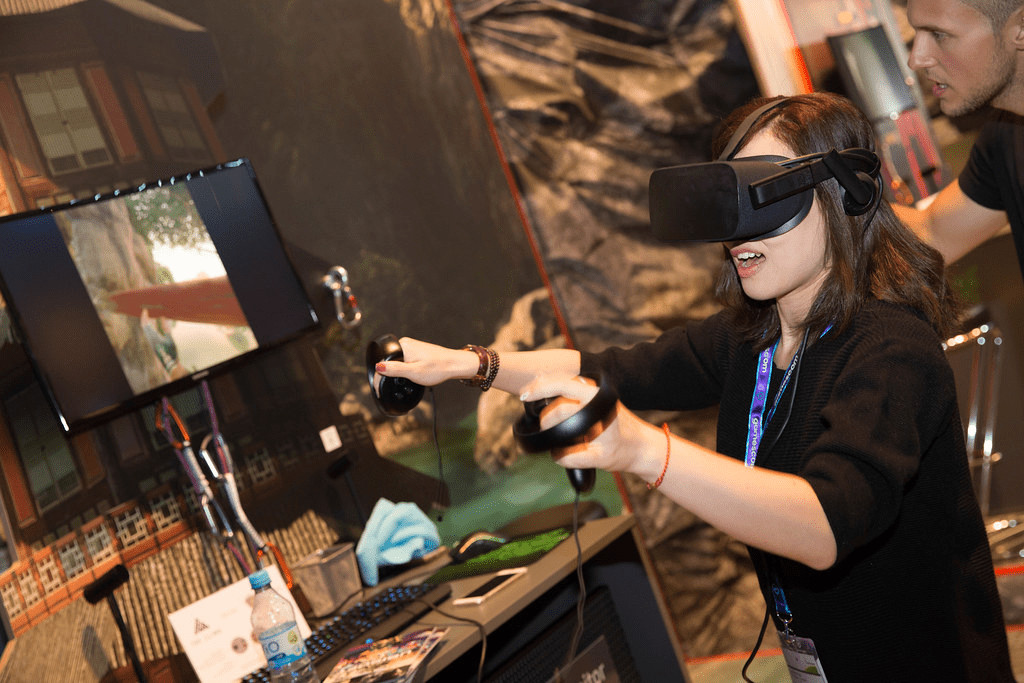
Here is the ultimate list of the most crucial skills that Virtual Reality developers have to be adept at and a short answer to ‘how do I become a VR developer?’
Hardware
In particular, 3D development and Virtual Reality need the help of high-grade hardware.
Nevertheless, since the cost of hardware has recently gone down, this does not cause a huge issue as it used to.
If you glance at the mandatory requirements of Oculus Rift and HTC Vive – the two commonplace VR platforms, you’ll see they’re almost the same.
If you want to be proficient in writing codes for apps, you’ll need to ensure your hardware feature these specifications:
- Operating system: Win 7 or higher
- Ports: 3x USB 3.0
- A memory of 8GB RAM
- Graphics: AMD Radeon or NVIDIA GeForce
- Professor: AMD FX8360 or Intel Core i5
The above specifications are highly suggested as they will guarantee a smooth operation.
There are few tools and requirements to ensure the hardware you’re using is compatible, yet our recommendation is to aim for the highest-end possible and use a desktop PC to get a cheaper and easier upgrade path.
Software Development
After getting adept at programming, your problem-solving will automatically change to building stuff instead of practice problems.
So far, three primary mainstream sorts of software development are:
- Game development
- Mobile application development
- Web development
It’s necessary to have a solid fundamental of one of these three types at least. That’s not a great problem, as numerous online resources help you learn these.
Remember that after choosing a domain to learn, you have to insist on it for at least six months.
Moreover, there’s no point in learning and accumulating knowledge in half a year if you do not put it into real practice and real projects.
Thus, we advise you to devote another six months to studying and gaining experience in the real working world through an entry-level job or internship.
The more effort and time you put into your practice and accumulate experience through real projects, the sharper your domain abilities, and knowledge.
Virtual Reality Devices
When it comes to virtual reality devices, there are many options. We’ll start by sorting out the most broadly used based on their medium of freedom or DOF, which indicates the directions a subject can move.
Two options are six and three DOF. In particular, six and three DOF implies that you can engage in the virtual world in six and three dimensions.
The key difference is that you can’t move backward and forward with three DOF, while six DOF allows you to move right/left, down/up, and backward/forward by stirring your head with an HMD (head-mounted display).
The below devices can support three degrees of freedom:
- Samsung Gear VR
- Google Daydream
- Google Cardboard
Meanwhile, the following gadgets can support six degrees of freedom:
- Oculus Rift
- HTC Vive
Programming Languages and 3D Game Engines
According to a survey in 2023, C++/C and C# are the most broadly utilized programming languages in VR development.
Indeed, that isn’t a coincidence. Many well-known game engines that developers will need to study using them.
For example, C# acts as the predominant programming language in Unity. Likewise, Unreal Engine uses a node-reliant programming language, Visual Scripting, and C++.
An exciting fact is that almost all VR devices come with SDKs accessible for these two engines. You can utilize one of these to build VR applications while targeting no less than two devices.
However, the studying curve is pretty steep and challenging for both.
If you’re unsure how hard it can be, we suggest Unity since it has more available resources and is more effortless to learn.
But don’t forget that Unreal will offer more power and better graphics. Keep that in your consideration.
Animation & 3D Modeling
The market figures denote that animation and 3D modeling are rapidly developing in the VR/AR sector.
The scale of diversified animations, digital representation, and illustrations has become a world of digital impact.
Being adept at these three sorts of modeling, digital sculpting, NURBS, and Polygonal makes you proficient enough to get used to the 3D modeling topic.
If you wish to master the tools of animation and 3D modeling, studying Cinema 4D, Blender, and Maya is a mandatory step.
4. Don’t Overlook Soft Skills!
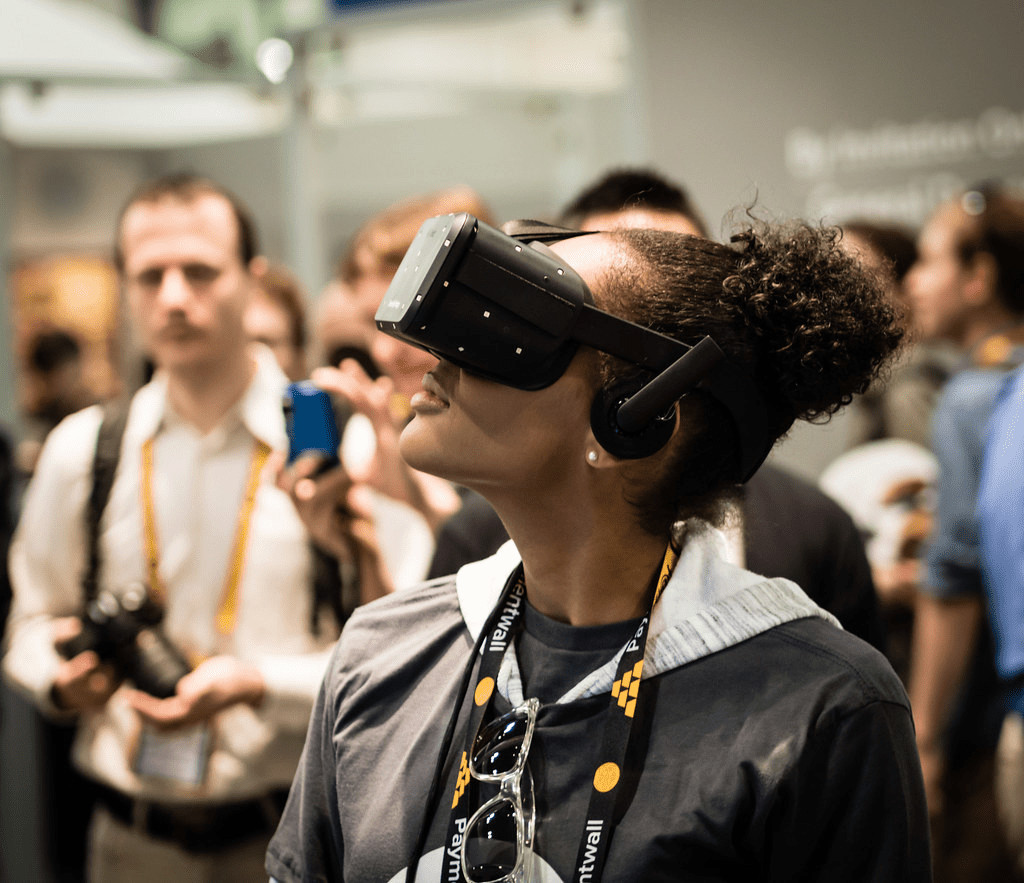
When diving into the technology world, people often concentrate only on improving their coding and software development skills.
You should remember that virtual reality development is a human-oriented career. Cultivating soft skills can help you seize a better position in the industry.
Companies want their workers to excel in both hard and soft skills.
They always prefer candidates with logical thinking and excellent problem-solving skills and who can effectively communicate with other team members.
Besides, it’s critical to stay up-to-date with the current trends in the field you’re interested in.
Social media is where you can update the latest news and trends related to Virtual Reality.
Being active on social media will help you collect info about community competitions, jobs, tips from experts, news, courses, and events.
5. Start Hooking For Companies
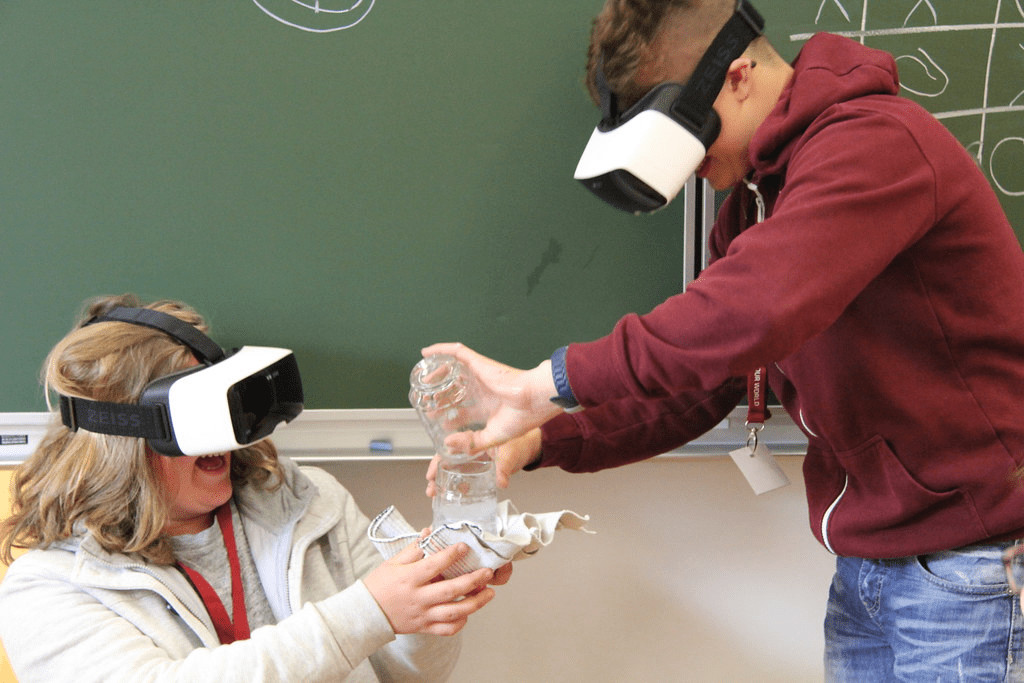
After building a proper educational background and gaining on-the-job experience, it is time to impress potential recruiters with your skills.
To look for the best opportunities, you should join the AR/VR community and forums to expand your network and interact with other engineers.
Besides, to hook for a large-sized business, you need to build an outstanding portfolio by emphasizing your best work and projects while keeping them concise and personal.
An impressive resume will help distinguish you from the crowd, leading to more gateways to reputable tech companies.
Another tip is to prepare some questions often asked in technical interviews and answer them yourself in advance.
How Much Does Full Virtual Reality Training Cost?
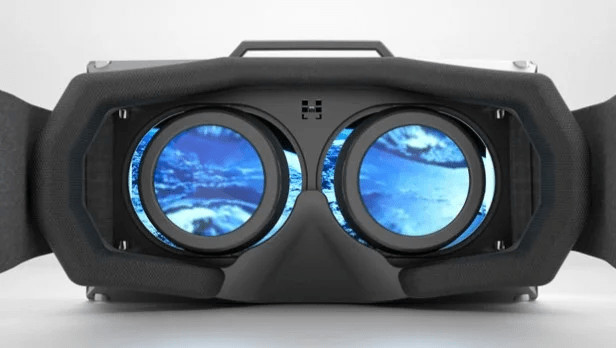
If it’s your first time trying full VR training, we suggest going for a pilot program first. This program usually costs about $40,000 to $60,000.
The customization and capabilities of pilot programs might have more limits than full VR training programs. Yet, it’s a fantastic way to familiarize yourself with the topic without splurging too much.
Once you’re ready for a full training program and move past the pilot program, you may expect to spend $50,000 to $150,000.
Are VR Developers In Demand?
In this year’s report, the most prominent statistic is a surge of 1400% in demand for VR/AR talent.
With the introduction of headsets attracting the public’s praise and approval, such as the Oculus Quest, and the PSVR 2, it’s probably unsurprising to witness such rapid-growing demand.
Businesses planning to test out or invest in VR software will hunt for developers, increasing demand.
What Industries Can VR Developers Work In?
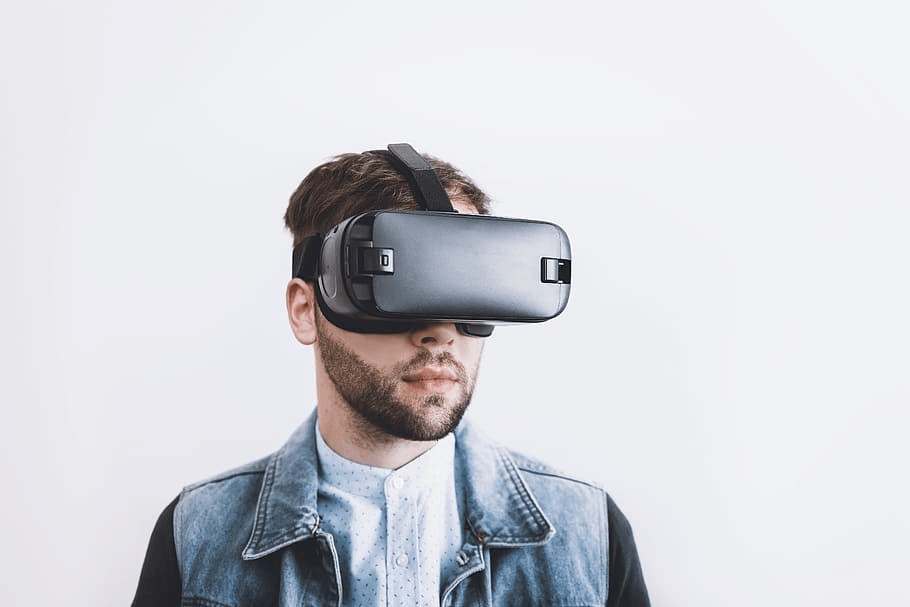
- Healthcare
The healthcare sector needs constant training, analysis, and research for the learners. Thus, VR developers play a vital role in this industry.
- Travel industry
Virtual Reality has enabled travel agencies to take their clients around the location where they will spend their vacation through an HMD display.
- Ed-Tech
Parents and students need a handier means of education that provides the students with theory and a VR tour for greater effectiveness during lessons.
- Gaming
Some famous games like Pokemon Go use VR technology and tools and have become extraordinarily popular all over the globe.
How Much Does A VR Developer Make?
What’s the average VR developer salary? The pay for a virtual reality engineer in America is about $105,286 a year, with an average salary of $90,727 annually.
Besides, this pay increases by $14,558 a year. The additional pay may include profit sharing, tips, commissions, and cash bonuses.
Conclusion
How to become a VR developer? Here are the five key steps to building a career as a professional VR dev:
- Understand the difference between AR and VR
- Get educated
- Build and enhance the essential hard skills
- Focus on soft skills
- Start searching for a good company
While students know the best which roadmap is the most suitable for them, the above guide will never lead you to go wrong.
So, are you ready to delve into the world of virtuality mixed with reality?
